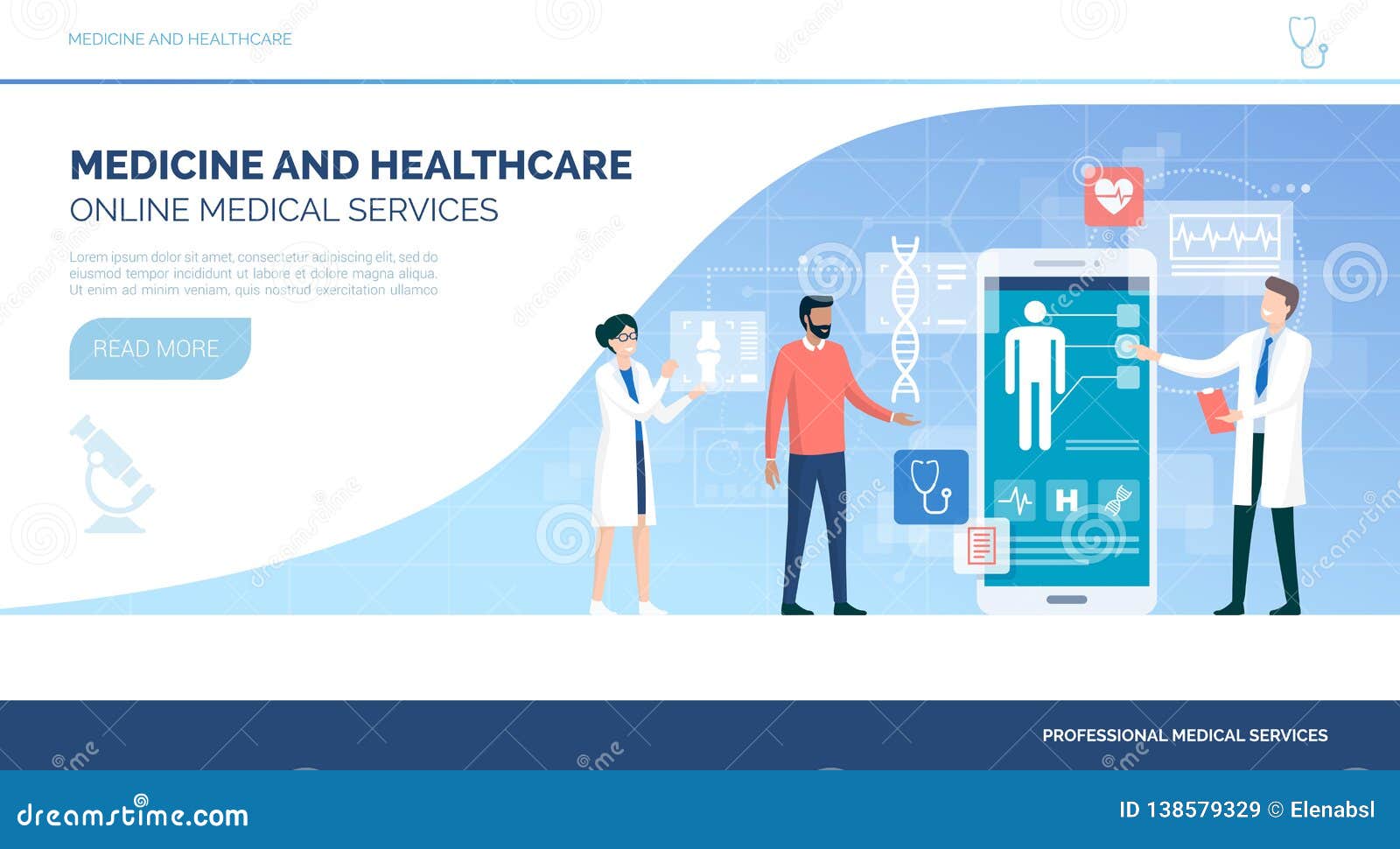Comprehending the Expense Savings of Subscription Based Healthcare for Families
Comprehending the Expense Savings of Subscription Based Healthcare for Families
Blog Article
How Subscription-Based Healthcare Is Revolutionizing the Medical Sector

The Rise of Subscription Health Care
In recent times, the health care industry has actually observed a substantial shift towards subscription-based models, mirroring wider consumer trends preferring comfort and predictability. This change is driven by the boosting need for more customized and easily accessible treatment options. Membership medical care, in some cases referred to as concierge medicine or direct health care, offers patients a fixed monthly charge for a range of medical services, significantly changing conventional fee-for-service designs.
The surge of membership healthcare is assisted in by innovations in technology, which enable streamlined interaction between individuals and providers - subscription based healthcare. Digital platforms and telehealth solutions have actually become important, providing individuals the ability to schedule consultations, accessibility clinical records, and receive examinations online. This technological combination not just boosts client engagement but likewise permits carriers to provide more efficient treatment
In addition, the subscription design aligns with the developing expectations of individuals that look for more control over their medical care expenses and experiences. While this model is getting traction, its expansion encounters difficulties such as regulative obstacles and the necessity for broader approval within the standard healthcare community.
Advantages for Individuals and Carriers
Subscription-based healthcare uses a wide range of benefits for both suppliers and clients, reshaping the dynamics of treatment. For individuals, this model gives boosted access to healthcare services. With a predictable month-to-month fee, people can enjoy endless consultations, lowered delay times, and personalized treatment. This arrangement usually causes a more positive approach to health and wellness monitoring, permitting for prompt treatments that can prevent persistent problems from escalating. The monetary openness of registration versions reduces the unpredictability connected with typical fee-for-service invoicing, reducing the worry of unforeseen clinical costs.
For health care providers, subscription-based models promote a more lasting and enjoyable practice. Administrative tasks are frequently structured, lowering above prices and permitting carriers to devote more time to person interaction. In general, subscription-based healthcare aligns the incentives of patients and carriers, promoting an extra effective and patient-centered medical care shipment system.
Key Attributes of the Model
Often, the key functions of the subscription-based healthcare model emphasize its unique technique to supplying medical solutions. Central to this model is the principle of predictable, regular monthly repayments, offering patients a thorough variety of services without the changability of standard fee-for-service structures. This design commonly consists of unrestricted access to main care solutions, preventative care, and routine examinations, ensuring that individuals can involve with their medical care carriers proactively as opposed to reactively.
Additionally, straight communication networks, such as telemedicine and messaging systems, are emphasized, allowing clients to receive prompt recommendations and examinations without requiring in-person consultations. This boosts accessibility and comfort, especially for people with wheelchair constraints or those staying in remote locations. The model also promotes more powerful doctor-patient connections, as doctor are incentivized to concentrate on lasting wellness end results instead of short-term gos to.
In addition, subscription-based medical care often incorporates technological innovations, such as digital health and wellness records and health and wellness tracking apps, to supply customized and efficient treatment. Patients take advantage of coordinated and continual care monitoring, which is customized to their specific health and wellness requirements. Inevitably, these functions collectively produce a patient-centered healthcare experience, prioritizing ease of access, expense openness, and preventive care.

Obstacles and Considerations
While the subscription-based health care model offers many advantages, it is not without its considerations and challenges. Membership versions might unintentionally favor those with greater socioeconomic status, possibly expanding differences in medical care gain access to for lower-income people who might have a hard time with regular monthly charges.
Another challenge hinges on regulative conformity. Subscription-based health care must navigate a complicated internet of laws that differ by region, including issues around patient discretion, data defense, and state licensing needs. Making certain compliance without hampering the version's flexibility and advancement can be daunting for providers.
In addition, there is the danger of overutilization or underutilization of solutions. Individuals paying a taken care of cost could overuse solutions, leading to raised functional costs, while others might underutilize as a result of fear of burdening the system, possibly disregarding required care.
Future Potential Customers and Innovations
The landscape of subscription-based health care is poised for change with arising developments and progressing prospects. As innovation remains to advance, the combination of synthetic knowledge and artificial intelligence presents significant possibilities to enhance diagnostic precision and streamline client management. Anticipating analytics can reinvent preventive treatment by determining possible health dangers prior to they materialize, thus minimizing both prices and the concern on healthcare systems.
Moreover, telemedicine is set to broaden within go to this site subscription designs, offering patients increased access to health care experts no matter of geographical constraints. This not just facilitates continuity of treatment but also empowers individuals to engage even more actively in their wellness monitoring. In addition, blockchain innovation provides possible in securing client information and find more making sure interoperability throughout platforms, promoting trust fund and openness.
The advancement of individualized medication is one more frontier, with subscription designs offering an one-of-a-kind structure for supplying customized health services. Genetic testing and customized therapy plans can be seamlessly integrated, aligning patient requires with specific clinical treatments. Collaborations between technology companies and healthcare service providers are likely to produce innovative remedies, boosting patient experiences and results. As these leads emerge, subscription-based healthcare has the possible to redefine just how care is provided and accessed.
Verdict
Subscription-based health care is transforming the clinical sector by providing a much more easily accessible, foreseeable, and patient-centered method to clinical services. This model enhances patient-provider partnerships, makes certain monetary transparency, and emphasizes preventive treatment with unlimited appointments and telemedicine. Regardless of obstacles such as regulative hurdles and prospective disparities in access, the registration design holds promise for an extra customized and efficient healthcare experience. As modern technology visit the site advancements, further technologies are likely to resolve existing difficulties and maximize medical care shipment.
Subscription healthcare, often referred to as attendant medicine or straight main care, uses patients a fixed monthly charge for an array of clinical services, substantially changing traditional fee-for-service designs.
Furthermore, the membership version straightens with the developing expectations of individuals that seek even more control over their health care costs and experiences. For people, this version provides enhanced access to healthcare services. In general, subscription-based healthcare lines up the rewards of individuals and service providers, advertising an extra patient-centered and reliable health care distribution system.
In addition, telemedicine is established to broaden within membership models, offering people boosted accessibility to healthcare specialists regardless of geographical restraints. - subscription based healthcare
Report this page